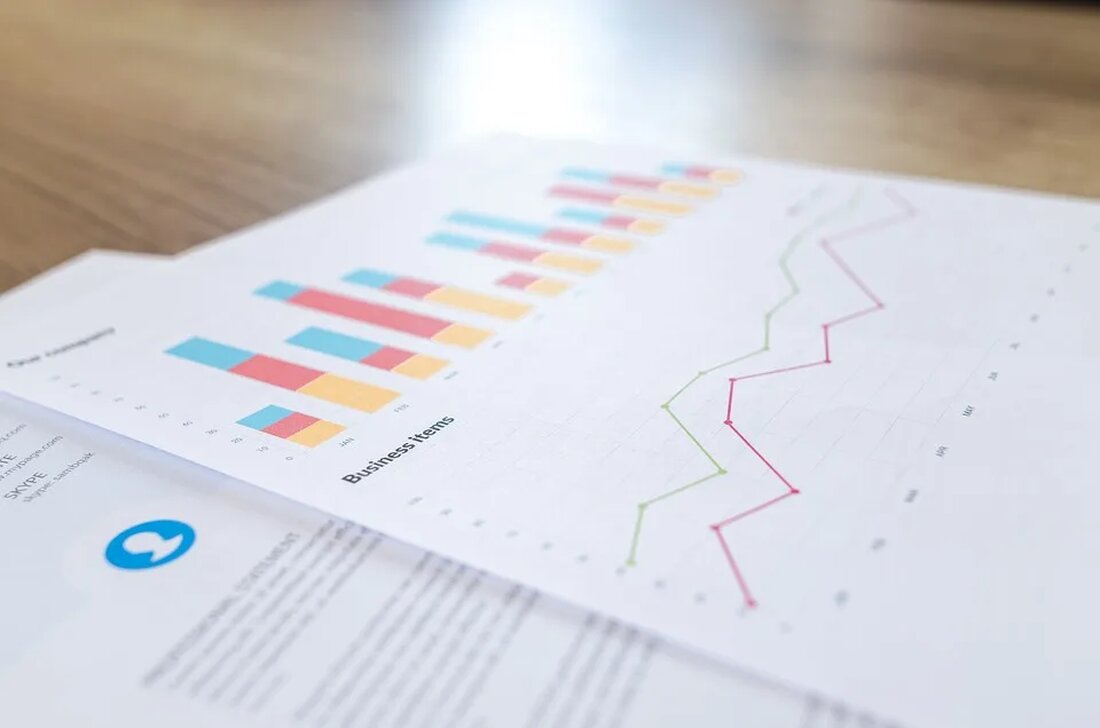Circular economy as a climate protection measure
The climate protection debate is a hot topic. One aspect that has been brought up again and again recently is the need to move from a linear to a circular economy in order to ensure the protection of our planet. The circular economy is an economic system that aims to minimize waste and resource use by reusing, repairing, recycling and upgrading existing products and materials as much as possible. It is a comprehensive climate action that includes not only waste reduction, but also other aspects such as carbon reduction and biodiversity conservation. Circular economy defined What is circular economy? The circular economy is...

Circular economy as a climate protection measure
The climate protection debate is a hot topic. One aspect that has been brought up again and again recently is the need to move from a linear to a circular economy in order to ensure the protection of our planet. The circular economy is an economic system that aims to minimize waste and resource use by reusing, repairing, recycling and upgrading existing products and materials as much as possible. It is a comprehensive climate action that includes not only waste reduction, but also other aspects such as carbon reduction and biodiversity conservation.
Circular economy defined
What is circular economy?
The circular economy is a model that puts the principles of reduction, reuse and recycling at the heart of the economy. Unlike the linear economy, which is based on the principle of "take, make, throw away", the circular economy aims to keep resources in the economic cycle for as long as possible. Products are designed and manufactured in such a way that they can be returned to the production process at the end of their useful life.
How does a circular economy work?
The principles of action for implementing a circular economy are:
- Produkte und Materialien erhalten: Verlängern Sie die Lebensdauer von Produkten durch Wartung, Reparatur und Weiterverkauf.
- Wiederverwendung und Aufwertung von Produkten und Materialien: Produkte und Materialien werden zu neuem Wert aufbereitet, indem sie zu neuen Produkten verarbeitet oder aufgewertet werden.
- Nährstoffkreisläufen fördern: Organische Abfälle kehren in Biozyklen zurück und können bedeutende Nährstoffquellen sein.
Circular economy as a climate protection measure
How can the circular economy contribute to climate protection?
The circular economy can contribute to climate protection in various ways. Here are some of them:
- Verminderung der Abfälle: Die Wiederverwendung und das Recycling von Materialien bedeutet weniger Abfälle, die auf Deponien enden oder verbrannt werden müssen, was sowohl die Emission von Treibhausgasen reduziert als auch Ressourcen spart.
- Reduktion von Kohlenstoffemissionen: Da die zirkuläre Wirtschaft auf erneuerbaren Energien und der Maximierung der Effizienz basiert, führt sie zu einer Reduzierung der Kohlenstoffemissionen.
- Erhaltung der Biodiversität: Ein geringerer Bedarf an Rohstoffen und eine geringere Verschmutzung bedeuten weniger Druck auf natürliche Lebensräume und somit weniger Zerstörung der Biodiversität.
Research and case studies
A study by the Ellen MacArthur Foundation and the McKinsey Center for Business and Environment found that applying the circular economy principle in Europe could reduce carbon emissions by 48% by 2030.
Numerous companies have already taken successful steps towards a circular economy. A good example is Swedish furniture company IKEA, which launched a buyback and resale initiative to minimize furniture waste.
Challenges and opportunities
challenges
There are some challenges in implementing a circular economy. These include the need for new technologies and innovations, the need to encourage behavioral change among consumers, and the need for reforms in terms of regulations and laws to support business models based on circular principles.
Opportunities
Despite these challenges, the circular economy also offers great opportunities. It can help create new jobs, strengthen the economy, protect the environment and improve quality of life. In addition, a circular economy can help achieve the goals of the Paris Climate Agreement and preserve the environment for future generations.
Conclusion
The circular economy is a promising strategy in the fight against climate change. Not only does it offer a way to reduce CO2 emissions and avoid waste, but it also offers potential for economic growth and employment. Although moving to a circular economy will require significant effort and investment, the potential benefits in the long term are significant. So there is an urgent need to put them at the heart of our efforts to address climate change.

 Suche
Suche
 Mein Konto
Mein Konto
